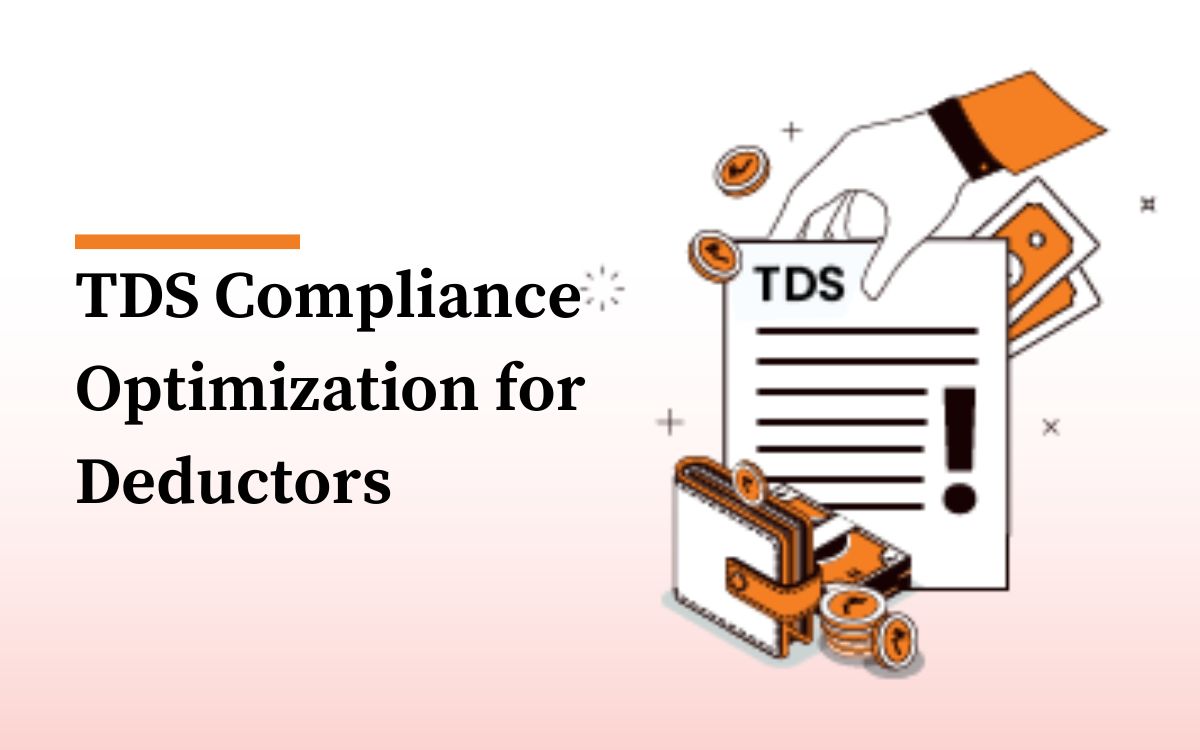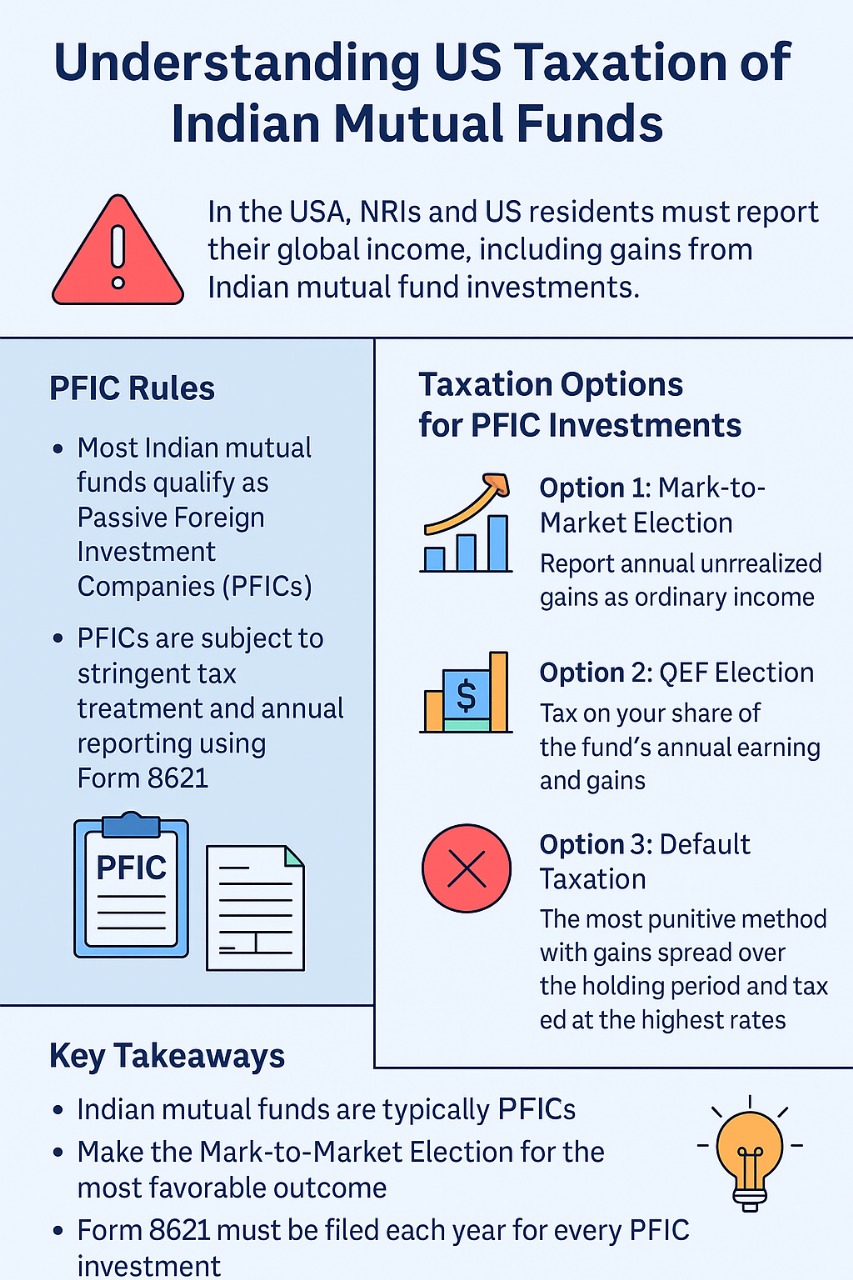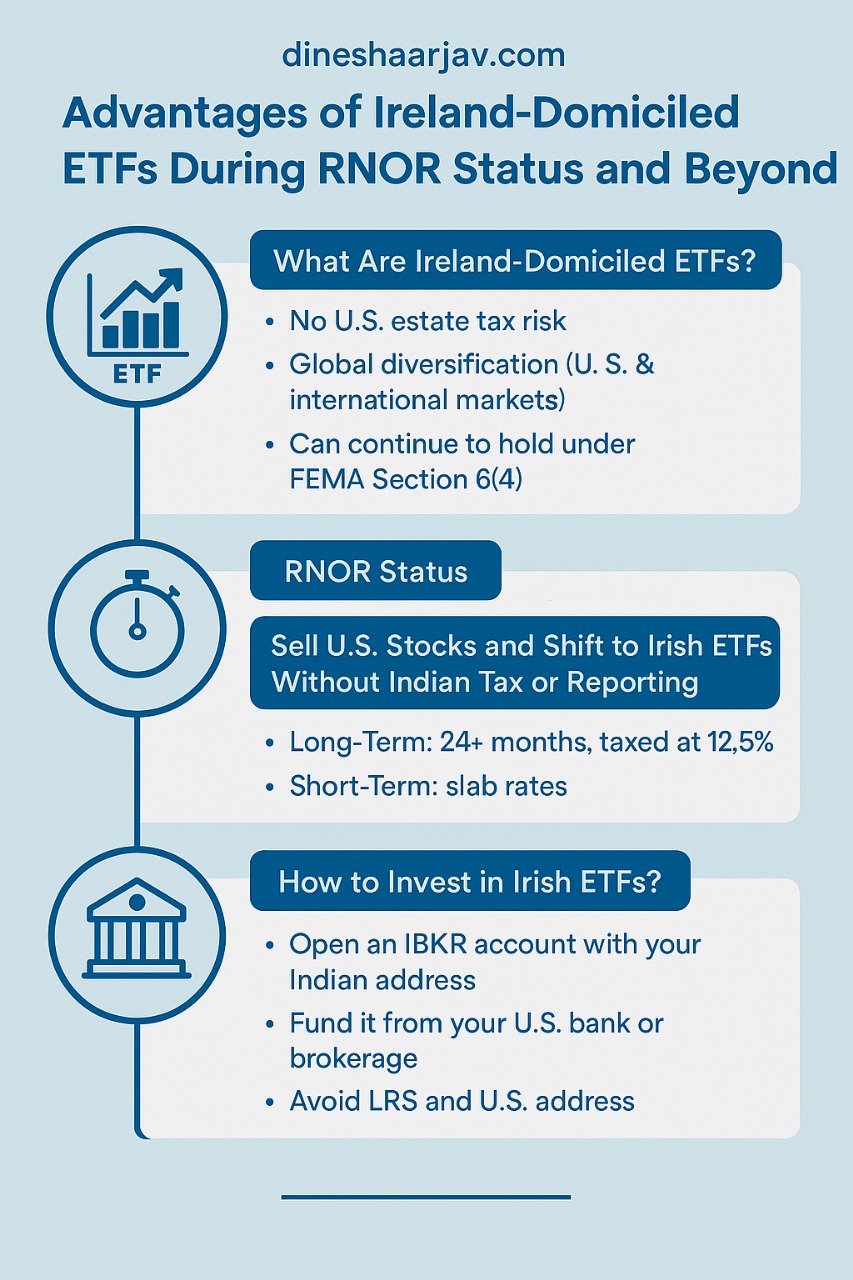In the ever-evolving landscape of tax regulations, Tax Deduction at Source (TDS) has been a stalwart practice since the days of the Income Tax Act, 1922. TDS serves a dual purpose – ensuring the government receives its due taxes throughout the year and maintaining a comprehensive record of taxable income transactions. However, as TDS compliance becomes increasingly stringent, there's a growing need to streamline processes for deductors, reducing operational complexities and facilitating smoother transactions for the deductee.
1. Simplifying TDS for Non-Resident Individuals (NRIs)
Parity in TDS Compliance:
Addressing discrepancies between TDS processes for resident and non-resident sellers can significantly ease the burden on deductors. Streamlining the process for NRIs to align with that of resident sellers ensures a more uniform and simplified compliance approach.
Lower Withholding Certificates for NRIs:
For Non-Resident Individuals seeking lower TDS rates, a more efficient application process is essential. Implementing strict timelines for certificate issuance, along with provisions for virtual hearings, can expedite the process, offering deductors and NRIs a more seamless experience.
2. Streamlining TDS Returns and Payments
Alternate Verification Methods:
The current reliance on Digital Signature Certificates (DSC) poses challenges for non-resident deductors. Introducing alternative methods, such as generating verification codes via foreign mobile numbers, can enhance the ease of filing TDS returns.
Online Tax Payments for NRIs:
Facilitating online tax payments for non-resident deductors with accounts in foreign banks requires innovative solutions. Exploring alternative means for online payments through these foreign banks can enhance efficiency and accessibility.
3. Leveraging Double Tax Avoidance Agreement (DTAA) Benefits
Incorporating DTAA in TDS Returns:
While judicial precedents support considering
DTAA benefits during TDS on salaries, there's a need for legislative amendments. Modifying TDS return forms to incorporate DTAA benefits can prevent 'defective return' notices, ensuring a smoother process for both employers and employees.
4. Enhancing Annual Information Statement (AIS) and Taxpayer Information Statement (TIS)
AIS as a Primary Source:
Positioning AIS as a 'single source of truth' can minimize reconciliations and administrative burdens. Consolidating information into AIS, including Specified Financial Transactions reporting, enhances accuracy and reduces the reliance on TDS for tax base expansion.
Comprehensive AIS/TIS Enhancements:
Expanding the scope of AIS to cover various transactions, introducing additional data points, and linking tax-saving investments to PAN can create a more comprehensive taxpayer profile. Strict timelines for updating AIS/TIS ensure relevance without complicating the tax filing process.
Conclusion
Simplifying TDS compliance processes is pivotal for encouraging voluntary adherence and expanding the tax base. While significant changes may be limited in an interim budget, these recommendations can lay the groundwork for future improvements. At Dinesh Aarjav & Associates, we provide
NRI tax advisory services to facilitate a seamless experience for both deductors and deductees.
 WhatsApp
WhatsApp
 Call Us
Call Us
 Email Us
Email Us
 Whatsapp Community
Whatsapp Community







